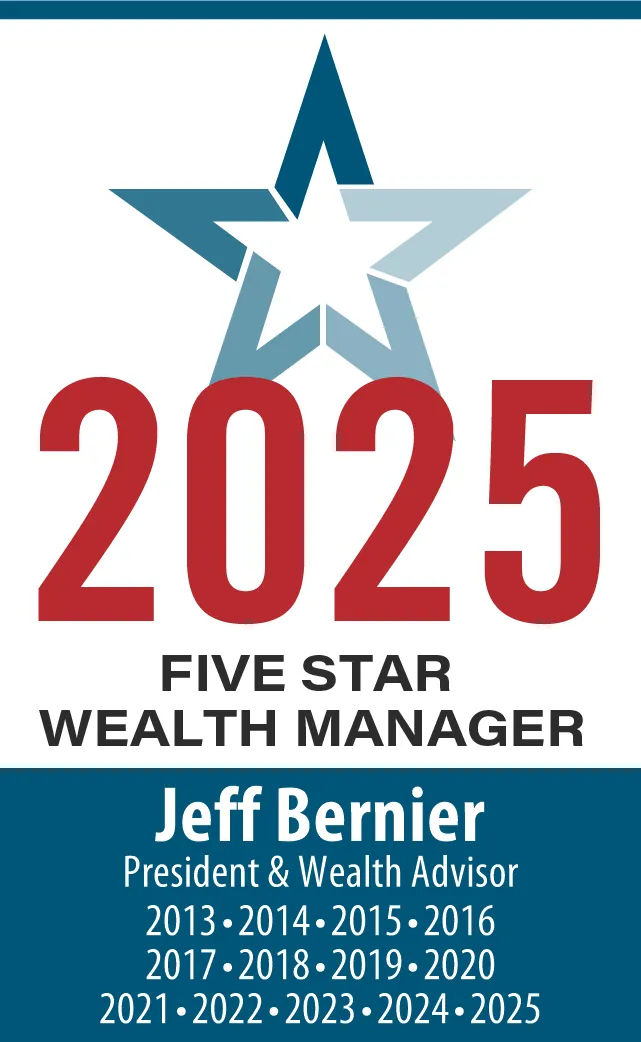
Last Monday was the first day of spring. While it’s not shorts weather just yet, I can’t help but start daydreaming about warm summer days and heading to the beach. If you enjoy the water like I do, you’re well aware of the power of the ocean tide. The water line rises and falls dramatically every day, and while beachgoers may not pay very close attention (who hasn’t laid down a beach towel just a little too close to the incoming tide and ended up with a wet, sandy mess?), anyone who earns a living on the water follows the tides like clockwork. Every fishermen worth his salt knows that the best catch is during the first two hours of a falling tide, and every sailor who’s found himself stuck on a mud flat knows one thing for certain: It’s never a question of if the tide will change; it’s only a matter of when.
I’m no expert on sailing or fishing, but I do know a cycle when I see one, and I do know a thing or two about investing. This I know for certain: just as the ocean tide rises and falls, so does the market. The key difference, of course, is that the market cycle isn’t nearly as predictable as the tide. And yet there is a cycle. Large cap stocks, small cap stocks, international stocks, real estate, commodities, bonds, and cash—each of these sectors rises and falls over time. If only we investors could accurately predict that cycle, we could cash in like the fisherman on a falling tide! But without that predictability, we need to plan carefully to both manage risk and stay positioned for growth. It’s a tricky balancing act, to say the least.
In the midst of this endless cycle, one of the biggest mistakes investors can make is forgetting the cycle exists and making investment decisions based only on the here and now. History is the best reminder of just how detrimental that near-sightedness can be.
I’ve been advising clients since the mid-eighties, and I’ve helped many investors ride the wave of some major market cycles. The Black Monday market crash in 1987. The rise of the dot-com bubble in the late 90s—and its dramatic collapse in 2000. And, of course, the Great Recession, which was the single largest downturn since the Great Depression. During each of those downturns, investors who panicked not only lost their fortunes, but they also lost the ability to regain those losses during the next phase in the cycle: the inevitable upturn. We all have a friend or colleague who pulled out of the market in 2009 in fear. Sadly, they are living examples of the fact that investor behavior impacts long-term investment results much more than any other factor. The most important thing to remember is that the market will rebound. It always does. It’s only a matter of when.
When it comes to investor behavior, a bull market doesn’t make investment decisions any easier. In the past 8 years, the US equities market has been flying high, and it seems barely a day goes by when either the DOW or the S&P 500 isn’t hitting another record high. But this brings with it an equally dangerous blind spot. Understandably, investors want to ride this wave! So why not put all your eggs in the US equities basket, especially when there seems to be no end in sight for this particular bull?
The answer is simple. It’s a cycle. Just take a look back at 1999 as a perfect example. At the end of that year, the 10-year compounded return for the S&P 500 was 18.21%. Many investors expected US equities to continue to deliver these high returns for as long as the eye could see. Those who bet on that assumption lost—big. In fact, by the end of 2008, the compound average return for the S&P 500 was negative 3.6% per year… for the previous 9 years!
The one thing that could have saved a portfolio from an equivalent drop during that decade was diversification. And while a diversified portfolio certainly wouldn’t have keep pace with the stunning double-digit equities returns during the upturn, over the long-term, as the chart below illustrates well, risk and return would have balanced out to deliver a more predictable, sustainable outcome. Which, in my experience, is what wise investors want most.
As we move into the second quarter of 2017, the market is sure to deliver some surprises to even the most seasoned investors. After years of higher-than-average returns for US stocks and historically low interest rates, many analysts are predicting that returns over inflation (real returns) for US equities could fall to as low as 4% per year over the next 5 to 10 years, and real expected returns for investment grade bonds could drop to about 1.4% per year. For investors who have concentrated their portfolios on today’s biggest winners—large cap US Stocks—such a shift in the cycle could create a worst-case scenario.
If you’re investing for the long-term, remember not to focus on riding the biggest wave. Instead, keep your eyes on the real reward: meeting your personal financial goals. Look beyond today’s high-flying winners. Stay prepared for the next market cycle… and the next. By trusting that the tide will always change, you’ll be much better prepared to keep your portfolio (and your beach towel!) out of deep water for years to come.
Data sources: DFA Returns Web, AQR Capital Management, Capital Market Assumptions for Major Asset Classes TandemGrowth Conservative Growth Index: 20% Barclays US Aggregate Bond Index, 12% BofA Merrill Lynch 1-5 Year Us Treasury and Agency Index, 8% Citi World Government Bond Index (hedged to USD), 23% Dimensional US Adjusted Market 1 Index, 6% Russell 1000 Growth Index, 8% Dimensional US Small Cap Value Index, 10% Dimensional International Adjusted Market Index, 4% Dimensional Emerging Markets Adjusted Market Index, 4% S&P Global REIT Index, 5% Bloomberg Commodity Total Return Index





